By: Ilka Oliva Corado
Translated by Marvin Najarro
Due to the virus, this 2020 has been designated by many people as the cursed year. But it is only one among the thousands that exist; it is not the only one that kills, more people are killed, for example, by the lack of empathy. By turning a blind eye and feigning ignorance to what hits us head on: racism, classism and oblivion. Locking ourselves in our bubbles and keep them under lock and key, because everything that happens outside, what others experience, doesn’t concern us. That is why we see so many children living on the streets and dying right there without feeling any horror or pain, not to mention the indignation that would make us act accordingly.
Suddenly this virus came to scratch our bubbles’ doors, taking the lives of some of our beloved ones; perhaps people who like us looked the other way when they must have acted to help others. Die, or die from coronavirus do not make them nobler after death. But we sanctify them because that cursed virus killed them. But what about the hunger experienced by those who make garbage dumps their home? Why don’t we flinch when an avalanche of garbage kill entire families? To begin with, how and when did we allow this to happen? That garbage dumps became the homes of so many families; entire cities…
The pandemic, one of many. Why hasn’t the trafficking of children, adolescents and women for the purpose of sexual exploitation hurt us, as it did the 2020? It is a fact, visible, it is everywhere, we cannot ignore it. Or it will be like the virus, until it touches one of us? Then and only then we will make patent what we have discarded, because it was not our business, and then we will realize that we will be alone because the others will look the other way, just as we do today, it will not be their business. It is the germ of patriarchy and pettiness.
This virus brought out the worst in us, it was just an occasion to show the kind of people we really are, as is the case with some people – hospitalized – with a cell phone taking pictures of other patients who are in intensive care, and then sharing them in social media exposing the severity of the disease. If they don’t have anything else to do, why don’t they take pictures of their own balls? Why expose others in this way. Nurses, doctors, and patients have done this, which in no way indicates that just because some people have a higher level of education, they respect the privacy of others.
And what about those who take pictures of their family elders, who are prostrated and seriously ill, and share them on social networks. Why such a level of meanness? And even worse, those affected with the virus of laziness, or in other words, not severely ill but who are lazy and take advantage of the situation to hang out and take pictures of themselves uncombed, with a seven-day beard, eight-day sleep in eyes, and post them on social networks saying they are Covid survivors. When in reality any person who is seriously ill cannot even move a finger. This is nothing more than disrespecting all those who have died and are seriously ill from the virus. But that’s what human consistency is: thin, cracked.
Among the beautiful things that we could see were the indigenous peoples donating their crops, reaching villages with trucks full of vegetables and fruits to feed whole families. While in others places people came out waving white flags asking for help, and the response of those who could help was to lock themselves under lock and key in their comfortable houses, posting pictures on social networks of the abundant food, their expensive wines and smoky fireplaces while reminiscing nostalgic about their travels around the world. Today many of them mourn the death of a loved one, but even with that pain they do not deign to reach out to those in need because money, greed and selfishness rule their lives. By contrast, where the harvest abounded and was donated, the pain of one is the pain of all.
It was not a cursed year, nor is the virus, we are the inconsistent ones that a virus had to come up to spit in our faces the scum that we are and trace our human misery that lacks values, words and actions. Because millions of people around the world are suffering from hunger, they are there close to us, and it is not a virus. Hunger can be cured, it can be eliminated, also chronic child malnutrition, you don’t need a miracle or a vaccine, all you need is dignity, indignation, and solidarity.
The well-known natural disasters are not natural, they can be avoided because they are caused by all the damage we have done to the planet. Political leaders have to act, of course, but we as a society have to act too. Because being passive or not doing anything can be harmful. A case in point is the millions of face masks that will end up in the sea. In any case, neither the year nor the virus is the damned one.
2020 should have been the year in which humanity began to regenerate, to become aware of the damage it did to itself; the planet and other living organisms. But it is not the case, and it will not be, and a thousand more viruses may come along and kill entire families, that we will not learn, because selfishness, arrogance, insensitivity and mediocrity is the DNA that we carry inside.
From another planet they seem, indeed, those who extend a helping hand, share a plate of food, donate their crops and feel other people’s tragedy as their own. And they don’t have big mansions, or smoking chimneys; or expensive wines; or travel around the world; or master’s degrees, or PhDs. It is the ordinary people, in many cases also the most excluded and impoverished. It is the people. With this they continue to teach us the lesson that it is not about having but about generosity. Thanks to them our hope for a better world has not yet been extinguished. And the souls that refuse to stop dreaming will continue to believe in a spring of abundant offshoots.
Source: https://cronicasdeunainquilina.com
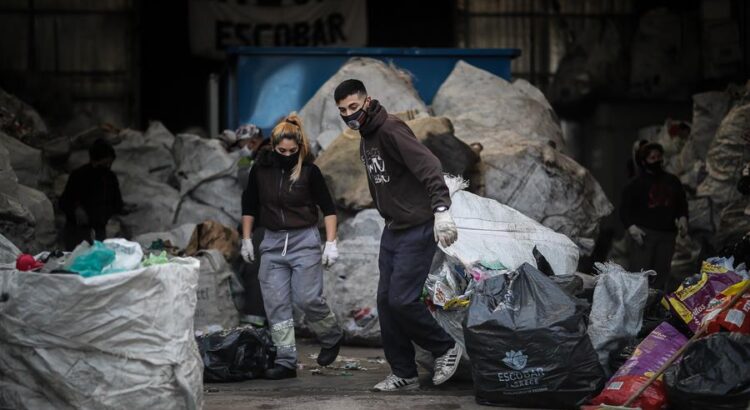
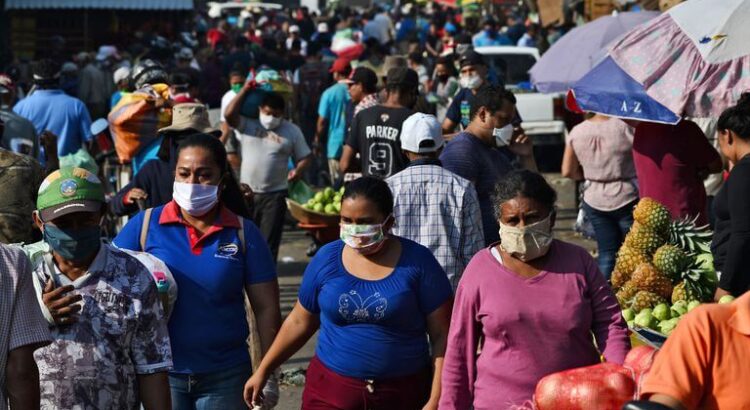
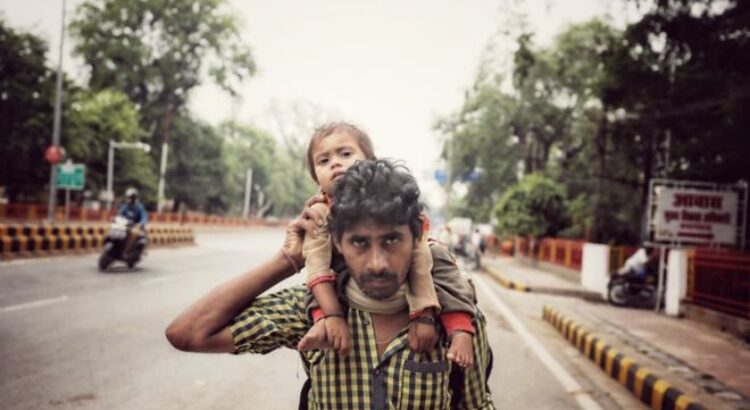

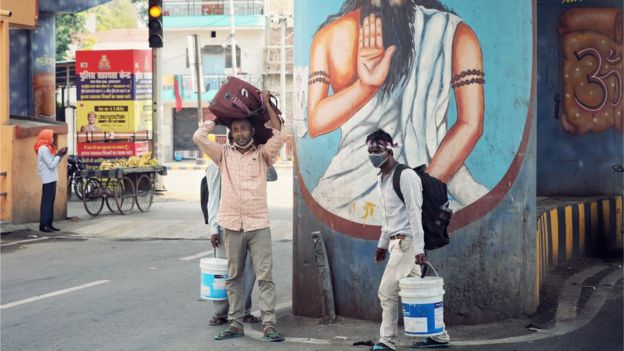
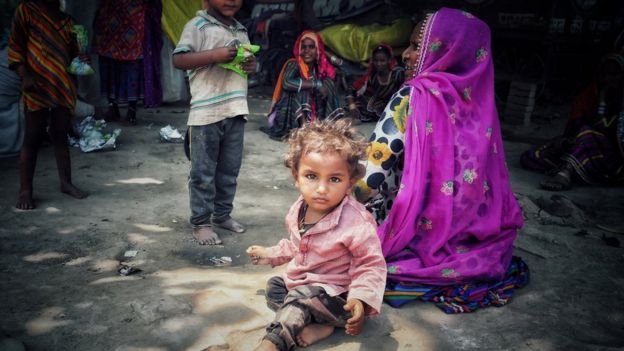
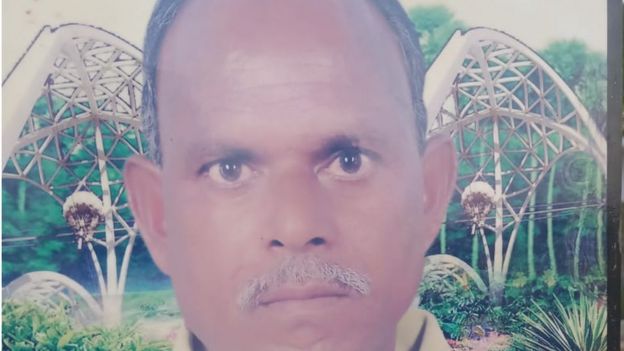
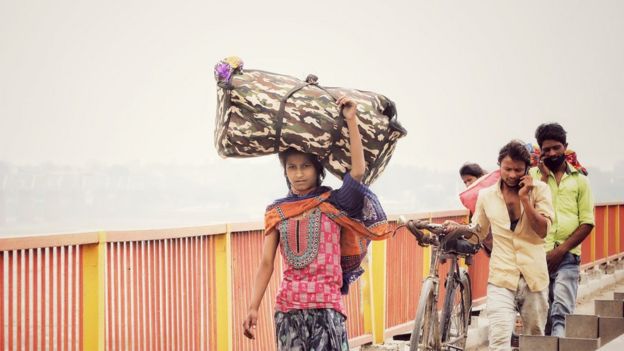
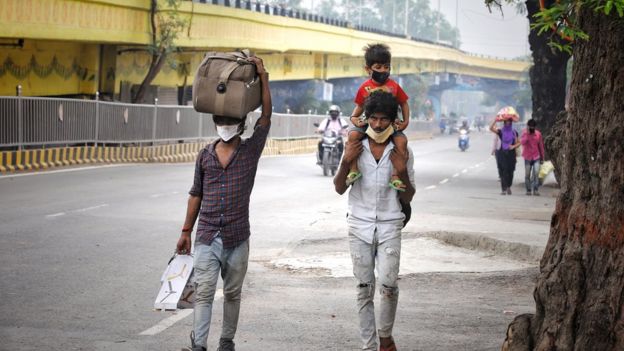
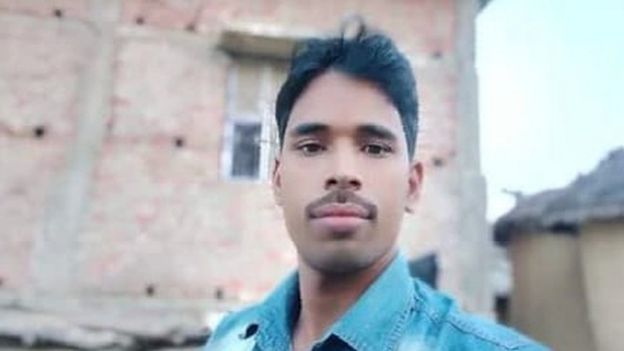
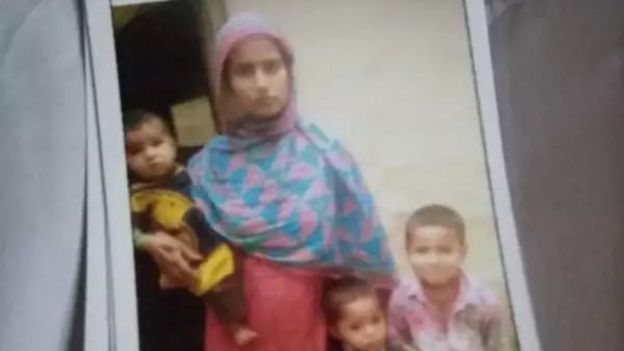
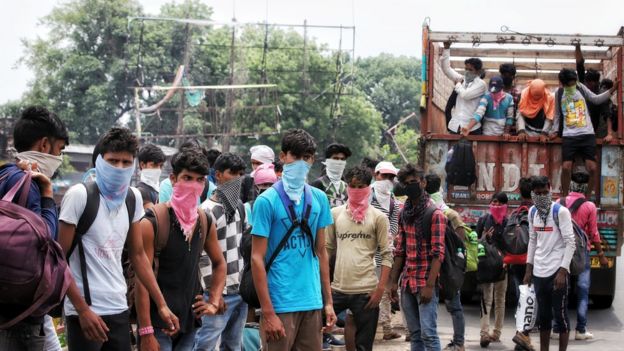
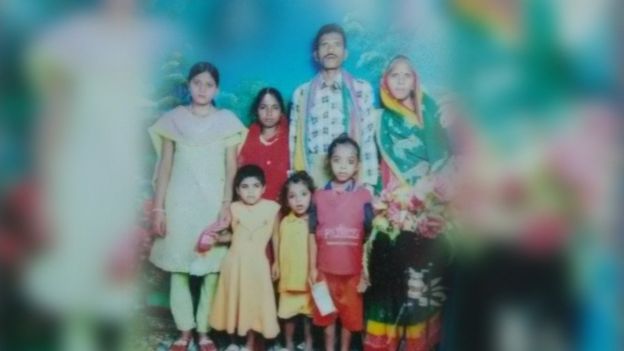
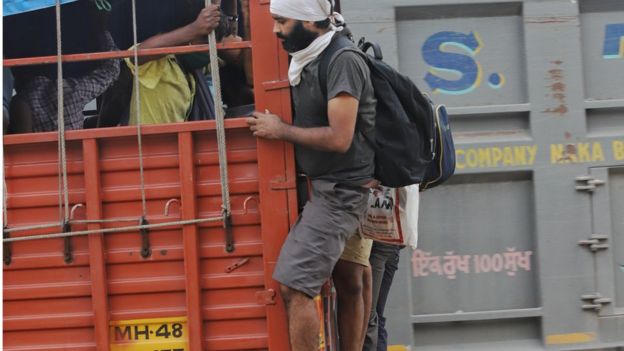
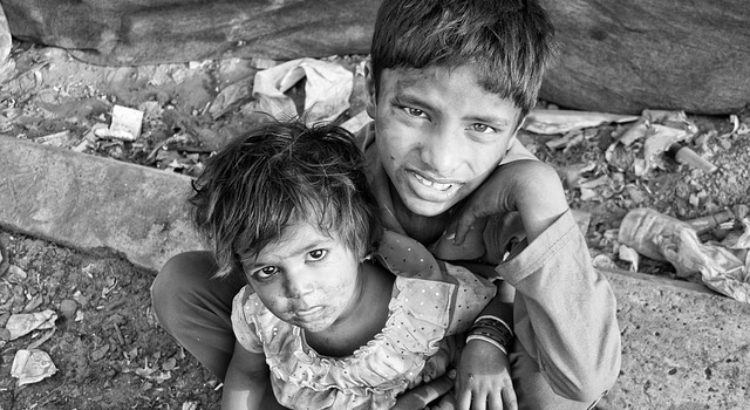







 Users Today : 62
Users Today : 62 Total Users : 35403400
Total Users : 35403400 Views Today : 73
Views Today : 73 Total views : 3332699
Total views : 3332699